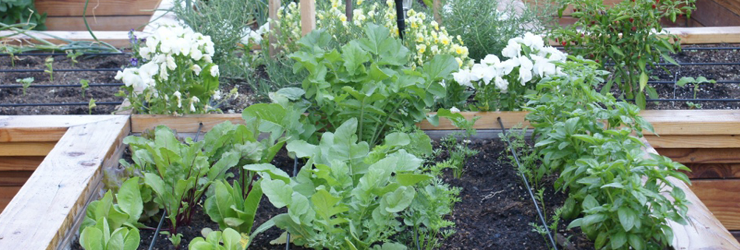The Secret to Planning the Perfect Drip Irrigation System

As with most things in life, the more you put in, the more you get out. This holds true when planning a drip irrigation system. We help thousands of people every year set up their first drip irrigation system. A typical help call may go something like this:
Drip Depot Customer Service: “Hi, thanks for contacting Drip Depot. How can we help you today?”
Customer: “I have two raised beds. What do I need?”
Drip Depot Customer Service: “Can I ask you a few questions about your project?”
Customer: “I guess so.”
The customer usually replies with hesitation in their voice because they feel like we [Drip Depot] should already know everything they need. However, over many, many years, we know that no two drip irrigation systems are alike. To get the perfect drip system for your garden, raised beds, landscape, etc..., the planning stage is critical. By spending some time thinking about your project, you can save money by:
1) Ordering the right parts and/or
2) Getting all the right parts the first time.
How to Start
The very first thing that we recommend doing when planning your first drip irrigation system is to take time to draw a sketch of your project area. This does not need to be a work of art or done using computer-aided drafting (CAD). Graph paper can be helpful, but a blank piece of paper will work just as well.
Start by locating where your water source is and draw it on your paper.
Next, draw the path that your mainline tubing will take. It is helpful to get an estimate of how much mainline tubing you will need as well as how many fittings you will need, as the length may determine the size of tubing needed.
Note on your drawing anywhere you will need to make a 90-degree turn. Elbow fittings will be needed for this.
Note anywhere you need to run tubing in two different directions—a tee will be needed.
Note anywhere the mainline tubing ends. End caps will be needed for this.
It is good to note how many plants you need to water and if you have any especially water-hungry plants in your system, as special considerations may need to be made in these cases (e.g., more than one dripper or high-volume drippers).
If the mainline tubing runs close enough to the plants that need to be watered, you can insert drippers right in the tubing using a hole punch. If this is not the case, then microtubing and ¼” connectors will be needed to run the dripper to the plants to be watered.
A basic sketch will help you better visualize your project and make sure that you don’t forget those elbows. A sketch can also stop you from ordering too much tubing. Of course if you draw out your project and still have questions, we will always be happy to help. And we love seeing people’s project sketches!
Our Planning and Installation Guide is a great reference tool to use during this process.
